How to make Matar Paneer
Matar paneer is a cherished dish within the realm of North Indian cuisine, revered for its harmonious blend of flavors and textures. This delightful vegetarian preparation comprises two primary ingredients: matars, also known as green peas, and paneer, which is a type of Indian cottage cheese. The dish not only showcases the freshness of seasonal vegetables but also celebrates the rich dairy heritage of India. Its vibrant green and white color palette is visually appealing and indicative of its nutritional benefits.
In the cultural context, matar paneer holds a special significance and is a staple during festive occasions and family gatherings. It often graces the dining tables during celebrations such as weddings, festivals, and social gatherings, symbolizing hospitality and sharing. This dish is frequently paired with various Indian bread such as naan or roti, making it a satisfying meal that resonates with the comfort of home-cooked food. Vegetarian cuisine in India is diverse, and matar paneer stands out as an excellent representation of how vegetables and dairy can create delectable and wholesome meals.
For those enthusiastic about Indian cooking, mastering the art of preparing matar paneer is essential. Its uncomplicated methodology coupled with the availability of ingredients ensures that both novice and experienced cooks can successfully recreate this dish in their kitchens. The preparation process invites creativity, allowing cooks to experiment with spices and cooking techniques while remaining true to its cultural roots. Whether you serve it on a regular weeknight or at an elaborate feast, matar paneer is sure to impress and satiate all palates, making it a must-try for anyone venturing into the culinary world of India.
Ingredients Required for Matar Paneer
To create a delicious matar paneer, it is essential to gather high-quality ingredients that enhance the overall flavor profile of this beloved Indian dish. The primary components include fresh green peas (matar) and paneer, a traditional Indian cheese. When selecting matar, opt for vibrant green peas that are plump and tender. If using frozen peas, ensure they are stored correctly at low temperatures to preserve their flavor and freshness. As for paneer, homemade options are preferred for optimal texture; however, store-bought paneer can also yield satisfactory results. Always check for freshness; it should be firm and white without any off-smells.
Next, a well-rounded array of spices is fundamental to infusing matar paneer with its characteristic taste. Common spices include cumin seeds, coriander powder, turmeric powder, garam masala, and red chili powder. For the best flavor, consider purchasing whole spices and grinding them just before use. Store these spices in airtight containers away from direct sunlight to preserve their potency. Fresh ginger and garlic should also be included; choose firm, fresh pieces and store them in a cool, dry place. Additionally, tomatoes are crucial for the gravy; opt for ripe red tomatoes that are slightly soft to the touch for a rich texture and flavor.
Lastly, optional garnishes like fresh coriander leaves can elevate the dish’s presentation and taste profile. When selecting coriander, choose vibrant green leaves and avoid those that are wilting or yellowing. Lemon wedges can also be served on the side, as their acidity complements the rich flavors of matar paneer beautifully. Proper storage of all ingredients will ensure that they retain their freshness and contribute to a delightful culinary experience.
Preparation Steps: Getting Started
Before diving into the cooking process of Matar Paneer, it is essential to prepare the ingredients to ensure a smooth and efficient experience. If you are using frozen peas, the first step is to thaw them. This can easily be done by placing them in a bowl of warm water for about 10 minutes, or alternatively, you can steam them lightly to retain their color and crunch. It is crucial to ensure the peas are adequately softened to match the cooking timeline of the paneer.
Next, we turn to the paneer, a vital ingredient in this dish. To achieve perfect cubes, first, remove the paneer from its packaging and pat it dry using a clean kitchen towel. This will prevent excess moisture from affecting the cooking process. Using a sharp knife, slice the paneer block into even cubes, about 1-inch in size. This uniformity in size will ensure that the paneer cooks evenly and maintains a satisfying texture when incorporated into the curry. If you prefer a crispier texture, you may want to lightly fry the cubes in oil until golden brown before adding them to the final dish.
Lastly, prepare any additional vegetables or onions you plan to include in your Matar Paneer. Start by peeling and chopping onions into fine pieces. Dice vegetables such as bell peppers, carrots, or tomatoes, according to your preference. It is advisable to have all your ingredients ready and within reach; this practice, known as “mise en place,” will streamline the cooking process and help you focus on achieving the best flavors from the dish you are about to create.
Cooking the Base: The Sauce Foundation
To create a delectable matar paneer, the first step involves preparing the sauce that serves as the foundation of the dish. This base not only enhances the flavors but also complements the paneer and peas beautifully. Begin by heating a generous amount of oil in a heavy-bottomed pan over medium heat. Once the oil is hot, add cumin seeds, allowing them to crackle and release their earthy aroma.
Next, introduce finely chopped onions into the pan. Sauté the onions until they become translucent and begin to turn golden brown, which typically takes around 8 to 10 minutes. The browning process is crucial, as it imparts a rich flavor to the sauce. Once the onions are adequately sautéed, add ginger-garlic paste, stirring well to cook off the raw aroma.
The next ingredient to introduce is tomatoes. It is advisable to use ripe tomatoes, as they contribute to a balanced sweetness and acidity. Chop them finely and add them to the onions in the pan. Cook the mixture until the tomatoes soften and break down, forming a cohesive mixture—this usually takes about 5 to 7 minutes. During this step, sprinkle in a pinch of salt to expedite the cooking process.
As the tomato-onion mix cooks, this is the ideal time to incorporate essential spices. Ground coriander and turmeric are classic choices for matar paneer, while garam masala adds depth and warmth. Stir in these spices gradually, allowing them to blend harmoniously with the base. Adjust the seasoning with additional salt as needed. Once the sauce reaches a rich, thick consistency, it is ready to lend its robust flavor to the peas and paneer, ensuring a delightful experience with every bite.
Adding the Matar and Paneer
Once your sauce has reached the desired consistency and aromatic depth, it is time to incorporate the matar (peas) and paneer. The process of adding these ingredients is crucial for achieving the dish’s signature flavor and texture. Begin by adding the matar to the sauce. Fresh peas are preferable, as they provide a sweeter taste and vibrant color. However, if fresh peas are not available, high-quality frozen peas can serve as an excellent substitute. Allow the peas to cook in the simmering sauce for about 3 to 5 minutes, ensuring that they are tender yet still retain a slight bite. This cooking time will also allow the peas to absorb some of the spices infused in the sauce, amplifying their flavor profile.
Once the peas are adequately cooked, carefully incorporate the paneer. For optimal texture, it is advisable to use fresh paneer, which is softer and creamier than its aged counterpart. Before adding it to the pot, cut the paneer into cubes, each roughly 1 inch in size. Gently fold in the paneer cubes to the sauce, taking care not to break them apart. Paneer should be added towards the end of cooking to prevent it from becoming too soft or disintegrating in the sauce. Allow the mixture to simmer for an additional 5 to 7 minutes, allowing the paneer to warm through and infuse with the spices within the sauce.
For an extra layer of flavor, you may consider adding a sprinkle of garam masala just before serving. This subtle addition can elevate the dish and enhance the overall experience. Presentation is also important when serving matar paneer; consider garnishing with freshly chopped cilantro for a touch of color and freshness. Proper integration of matar and paneer into the sauce not only enriches the overall taste but also showcases the ingredients in their best light, making the dish inviting and delicious.
Balancing Flavors: Tasting and Adjustments
When preparing Matar Paneer, achieving a harmonious balance of flavors is essential for an exquisite culinary experience. Throughout the cooking process, it is important to engage in tasting the dish. Sampling allows you to monitor the development of flavors, providing a foundation for necessary adjustments. Start by tasting the gravy after adding the primary ingredients, such as peas and paneer. This will guide your journey toward perfecting the dish.
One of the key components in balancing flavors is the proper use of spices. As you taste, pay attention to the development of heat from spices such as cumin, coriander, and garam masala. Depending on your preference, you may choose to enhance or tone down these spices. For example, if you find the heat overpowering, consider adding a touch of sugar to balance the heat, allowing the other flavors to shine through.
Furthermore, control the salt content, which is crucial in elevating flavor profiles. If you find the dish lacking, gradually add salt in small increments, tasting after each adjustment to avoid over-salting. Acidity is another important factor; if the flavors seem flat, a squeeze of fresh lemon juice or a dash of tamarind paste can help brighten the dish, adding depth and complexity to every bite.
Richness can also elevate your Matar Paneer. For a creamier texture and a luxurious mouthfeel, consider incorporating cream or yogurt towards the end of cooking. Both options offer a different richness profile—cream adds a velvety finish, while yogurt contributes tanginess. Experiment with these ingredients according to your taste preferences, enhancing your dish’s overall appeal. Remember, cooking is an art and personalizing your Matar Paneer through tasting and adjustments can result in a truly delightful outcome.
Finishing Touches: Garnishing Your Matar Paneer
Garnishing is a vital aspect of presenting matar paneer, as it accentuates both the visual appeal and the flavor profile of this beloved Indian dish. One of the simplest yet most effective garnishes is fresh cilantro. Chopped cilantro sprinkled generously over the surface not only adds a splash of vibrant green to the dish but also enhances the freshness of the flavors. The herb’s aromatic qualities blend seamlessly with the rich tomato and cream base, creating a tantalizing sensory experience.
Another excellent option for elevating your matar paneer is a drizzle of cream. A few strokes of fresh cream over the top can provide a contrast in color, making the dish look more enticing. Furthermore, the creamy texture complements the spiced peas and paneer, resulting in a luscious mouthfeel. To create an artistic flair, consider using a squeeze bottle to achieve decorative swirls or patterns on the surface.
For those who wish to add another layer of complexity, finely sliced green chilies or a sprinkle of garam masala can offer a mild kick, enhancing the overall flavor profile. Additionally, you might consider incorporating side dishes that harmonize beautifully with matar paneer. Naan, parathas, or even steamed basmati rice serve as excellent accompaniments, providing texture and absorbing the delicious gravy.
Ultimately, garnishing is an opportunity for creativity and personalization. Don’t hesitate to experiment with your own ideas, perhaps adding pomegranate seeds for an interesting burst of sweetness or even crispy fried onions for a crunch. The aim is to craft a visually appealing and satisfying meal that reflects your unique culinary style while savoring this comforting Indian classic.
Serving Suggestions and Pairings
Matar paneer, a delightful North Indian dish, is best enjoyed when paired with the right accompaniments that enhance its rich flavors. Traditionally, it is served with various Indian breads and rice options, making the meal both satisfying and versatile. For an authentic experience, consider serving matar paneer with freshly made naan, which is soft and ideal for scooping up the creamy curry. Alternatively, chapati or paratha can be excellent choices, providing a wholesome, whole-grain option. These breads complement the dish’s textures and can be a great source of carbohydrates to balance the meal.
If you prefer rice, basmati rice is the preferred option due to its aromatic properties and fluffy texture. It allows you to savor each bite of matar paneer without overwhelming its flavors. Jeera rice, or cumin-flavored rice, offers an additional layer of taste, harmonizing beautifully with the spiced peas and paneer.
To elevate the dining experience, consider adding complementary side dishes. A refreshing cucumber raita can with its cooling effect counterbalance the spices in the matar paneer. This yogurt-based salad is simple to prepare and serves as an excellent palate cleanser. Additionally, serving a tangy mixed vegetable salad can introduce a crunchy texture, enhancing the overall meal.
For beverages, traditional Indian drinks such as lassi or chai can be an excellent pairing. Lassi, especially the sweet or salted version, provides a creamy complement to the savory elements of the dish. On the other hand, a warm cup of masala chai offers a comforting finish to the meal. Depending on the occasion, these serving suggestions and pairings can enrich the experience of savoring matar paneer, making it suitable for casual dinners or festive gatherings.
Conclusion: Your Matar Paneer Journey
Embarking on the journey of making matar paneer not only introduces you to a wonderful culinary experience but also allows for a deep exploration of flavors and ingredients. As you reflect on your cooking adventures, consider the versatility this dish offers. While the classic recipe showcases the delightful combination of green peas and paneer in a spiced tomato gravy, there are countless variations waiting to be explored.
One way to enhance your matar paneer is by incorporating additional vegetables. Options such as bell peppers, carrots, or even spinach can elevate the dish’s nutritional value while introducing new textures and colors. You might also experiment with other legumes like chickpeas or lentils, which can add a unique twist and depth of flavor. Furthermore, adjusting the spice levels by adding green chilies or using a spicier garam masala can cater to those who enjoy a more robust taste.
Sharing your experiences in the kitchen can foster a community among fellow cooking enthusiasts. Whether you stick to the traditional recipe or innovate with your own variations, your unique take on matar paneer can inspire others. Consider documenting your process through pictures or recipes on social media, inviting feedback and suggestions from others who also appreciate this beloved Indian dish. Not only will this enhance your skills, but it will also build connections with a community that shares your passion for culinary exploration.
In conclusion, the journey of creating matar paneer is one of continuous learning and creativity. As you perfect your recipe and discover new ways to enjoy this classic dish, remember that the kitchen is a place of experimentation and joy. So, gather your ingredients, unleash your creativity, and share your matar paneer experiences with others. Your culinary journey has only just begun!
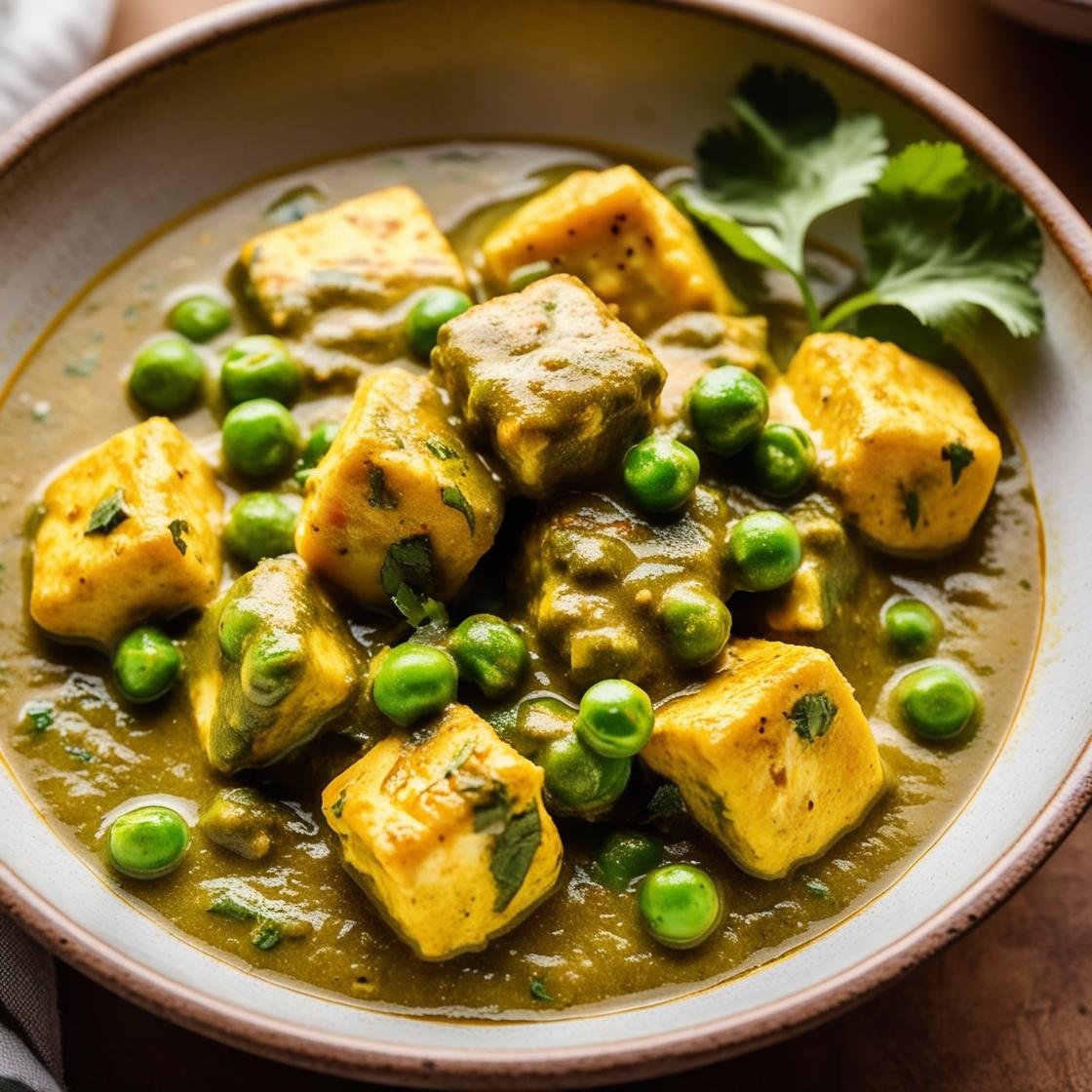

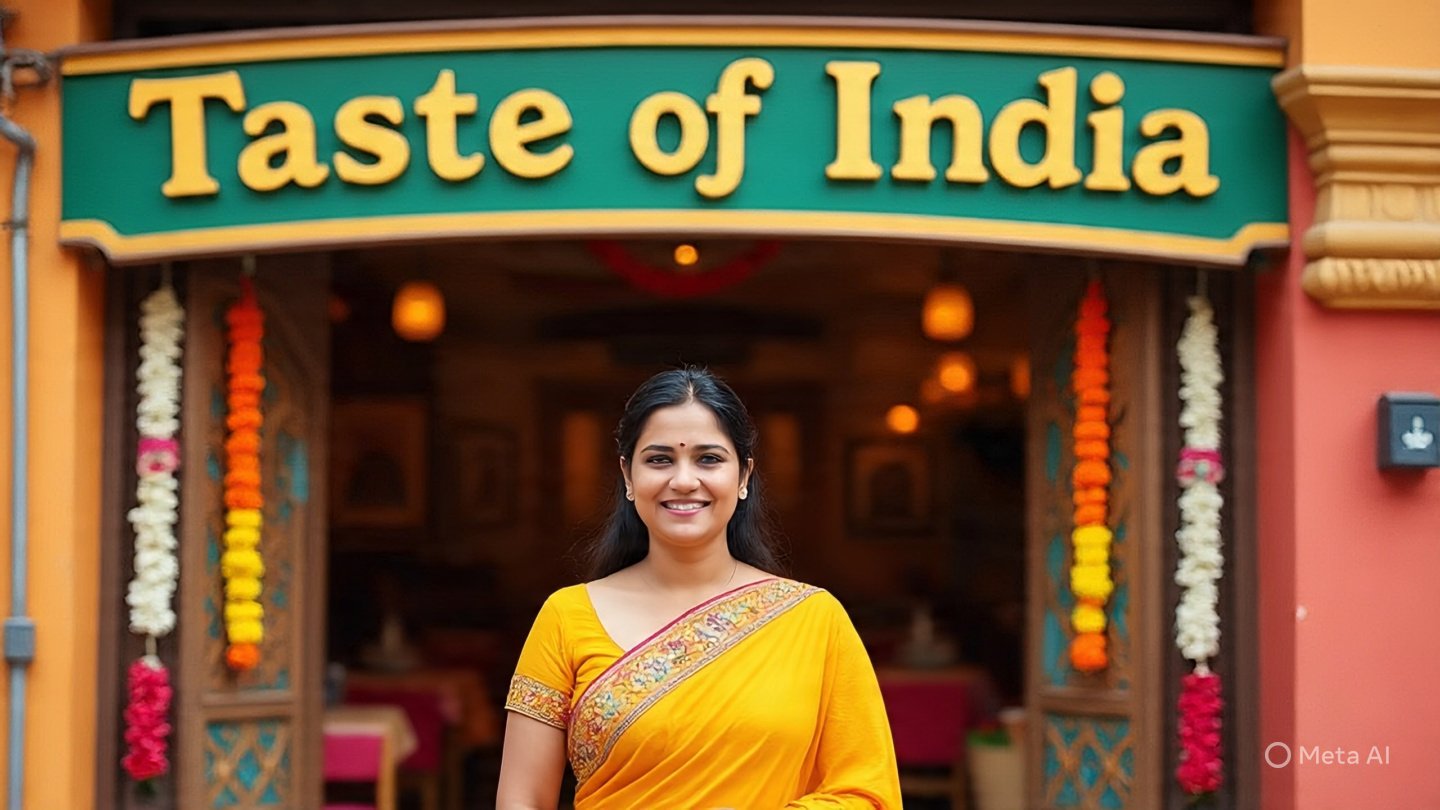
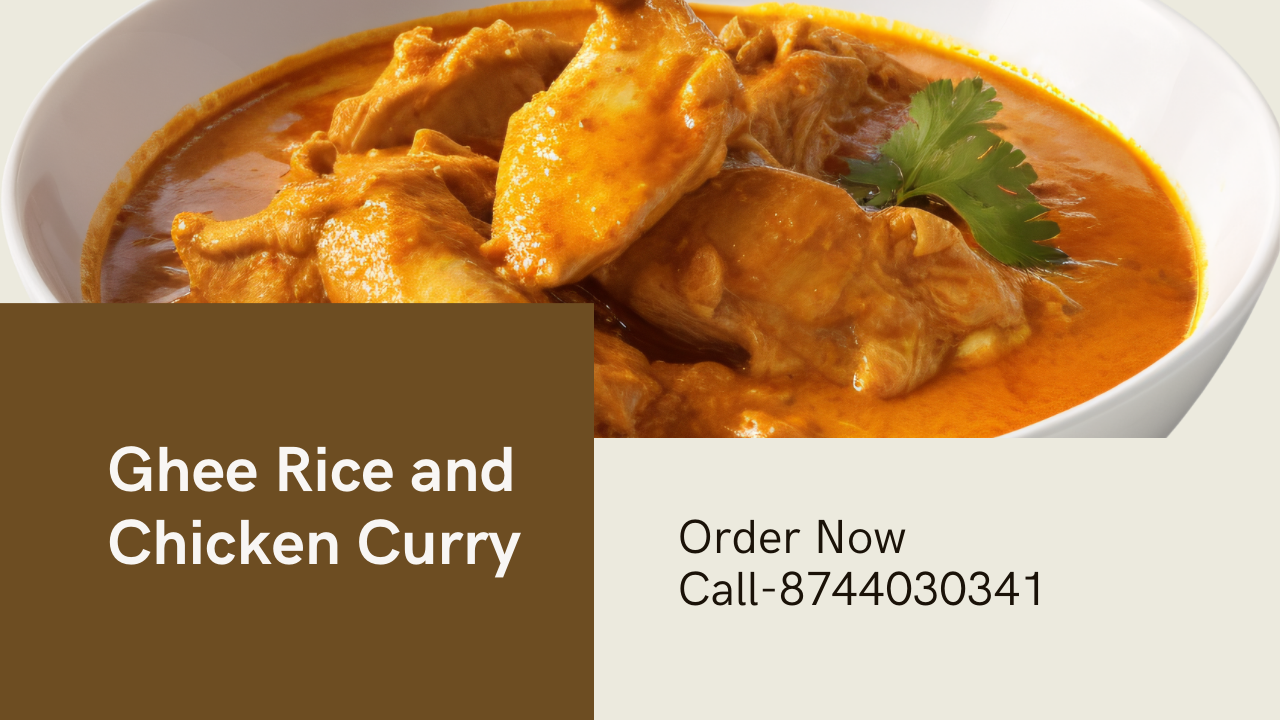
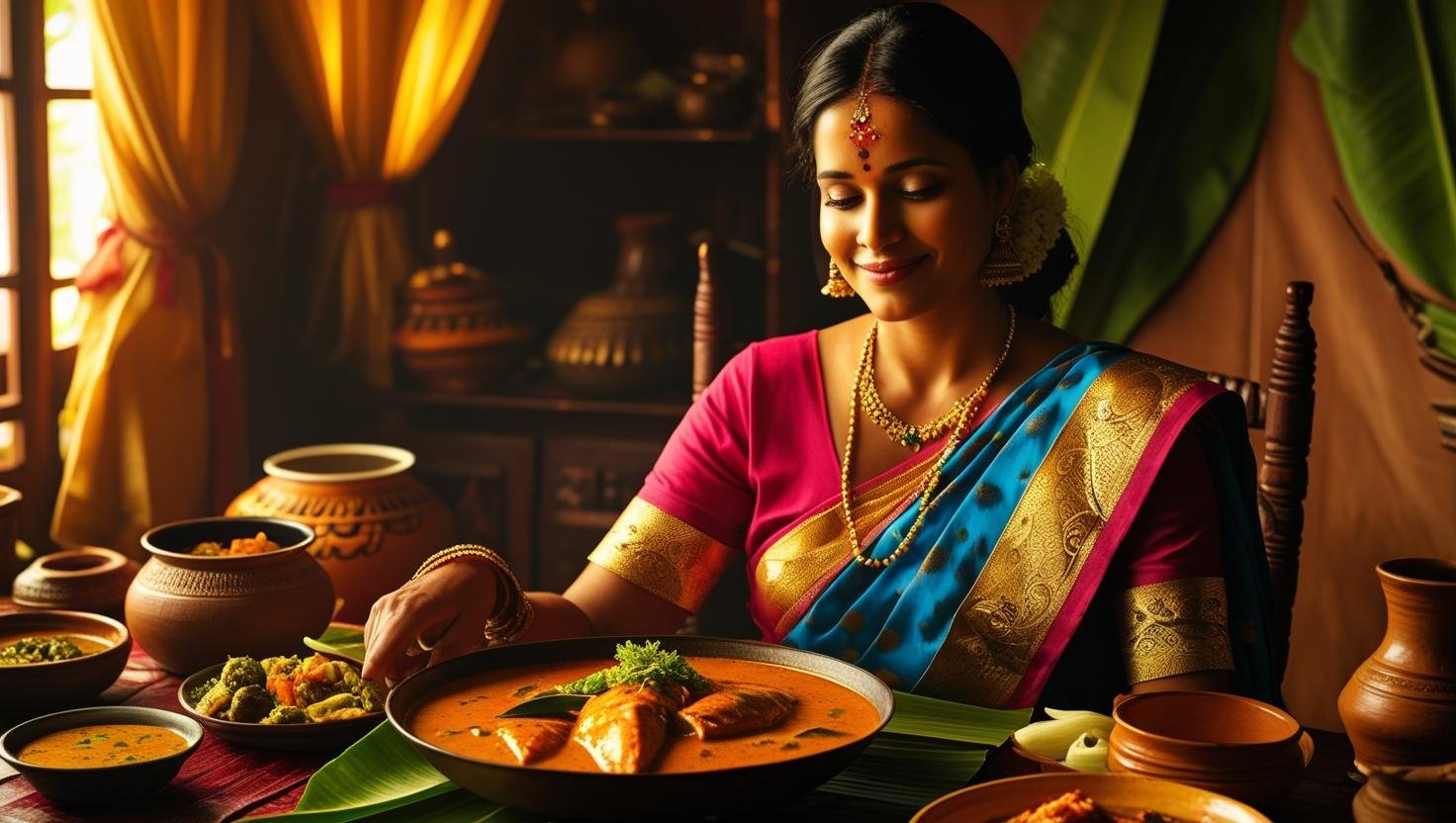



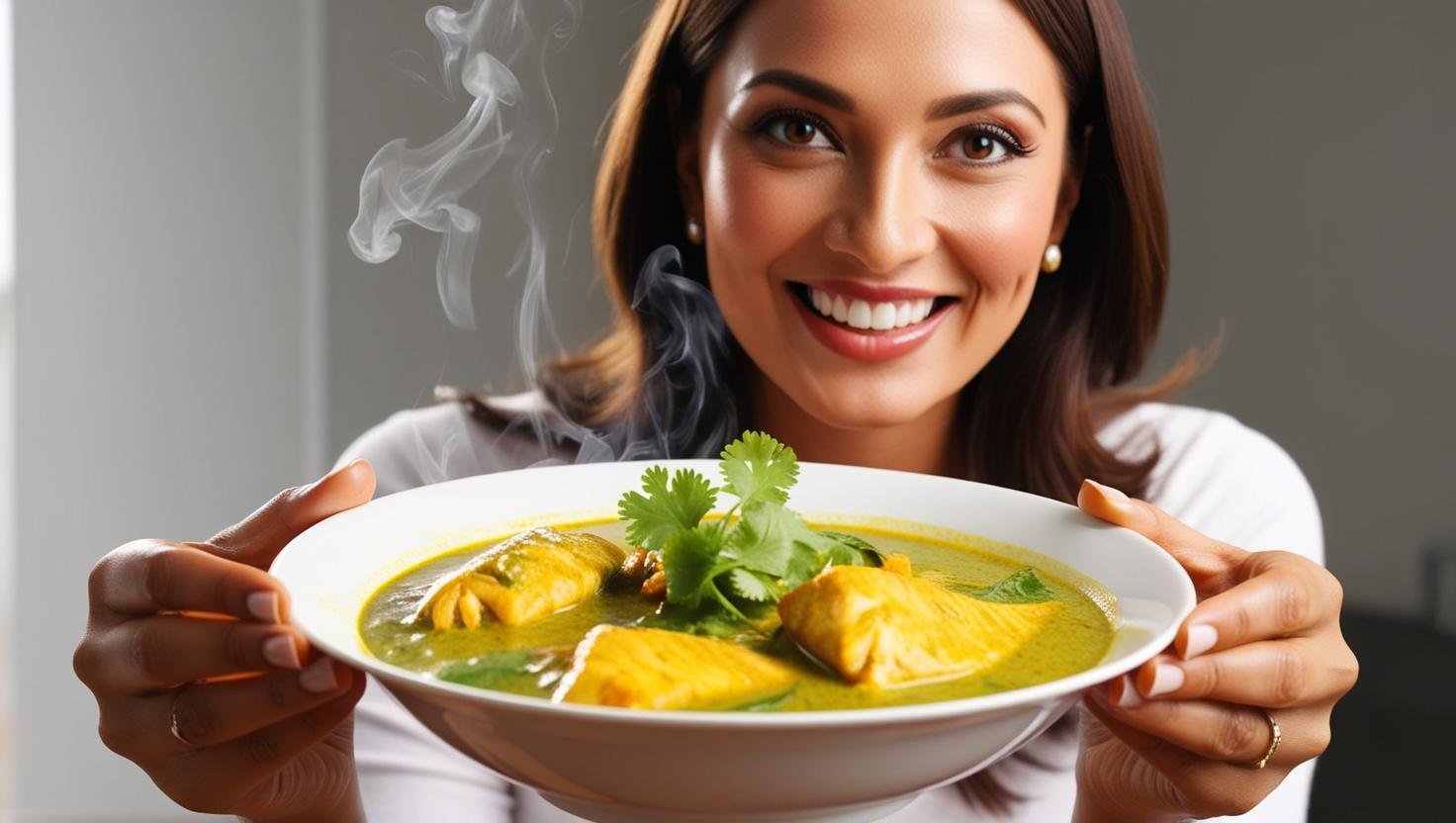
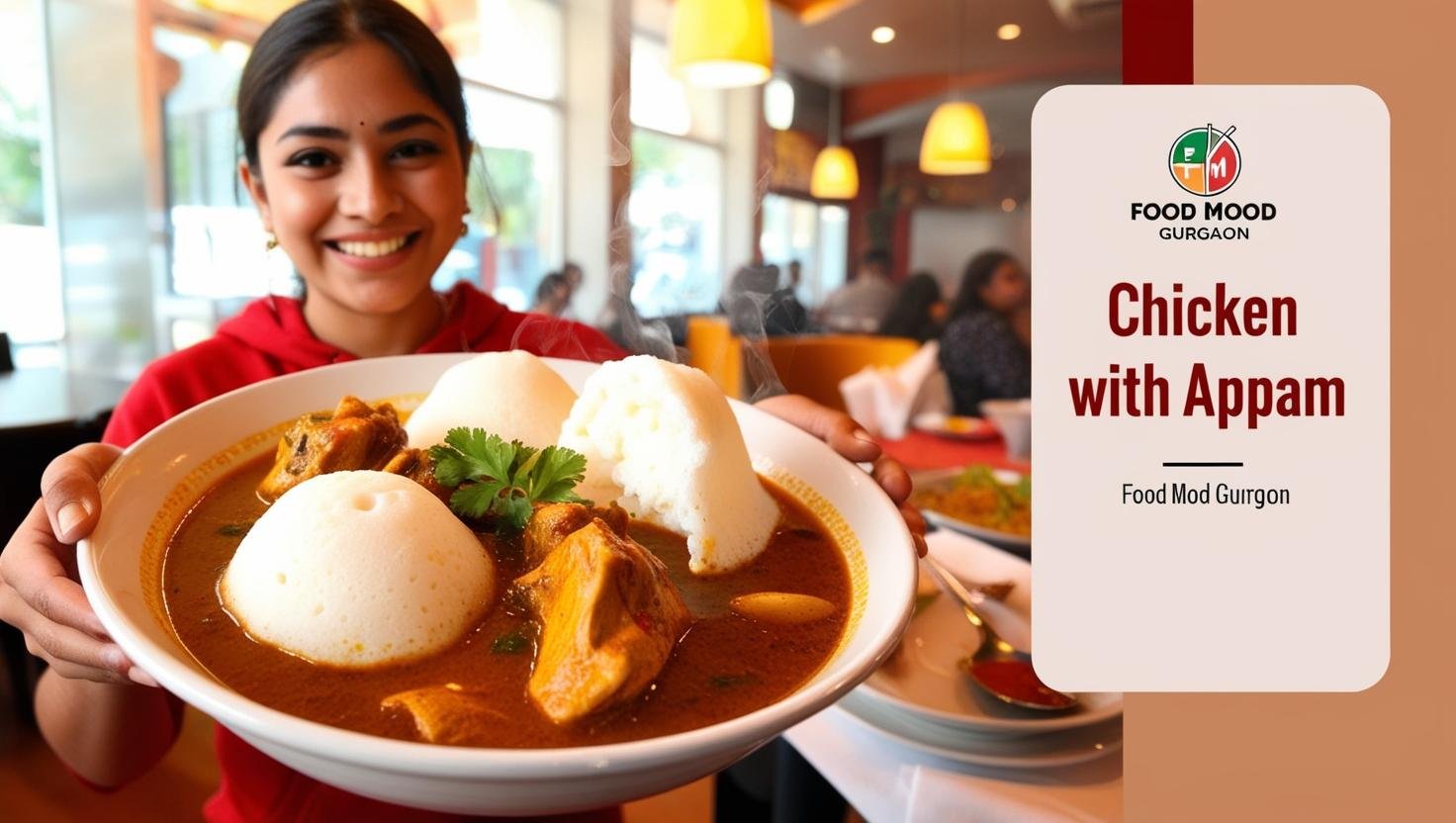
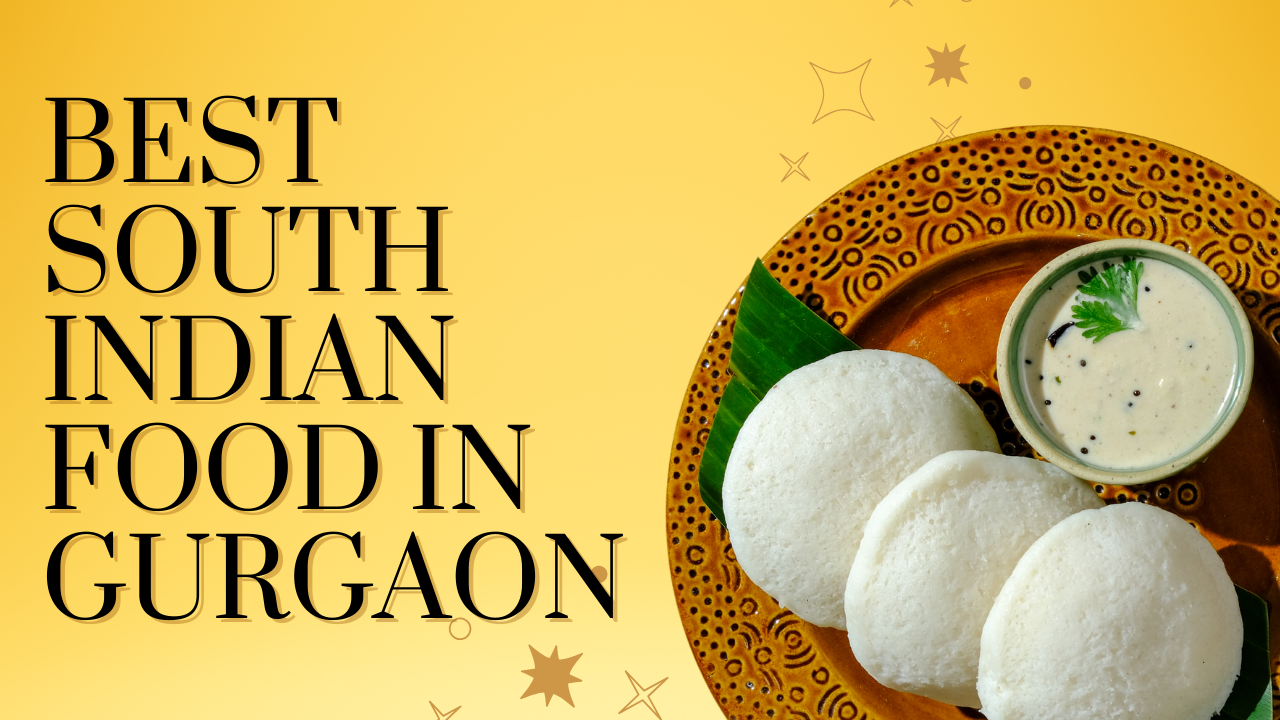
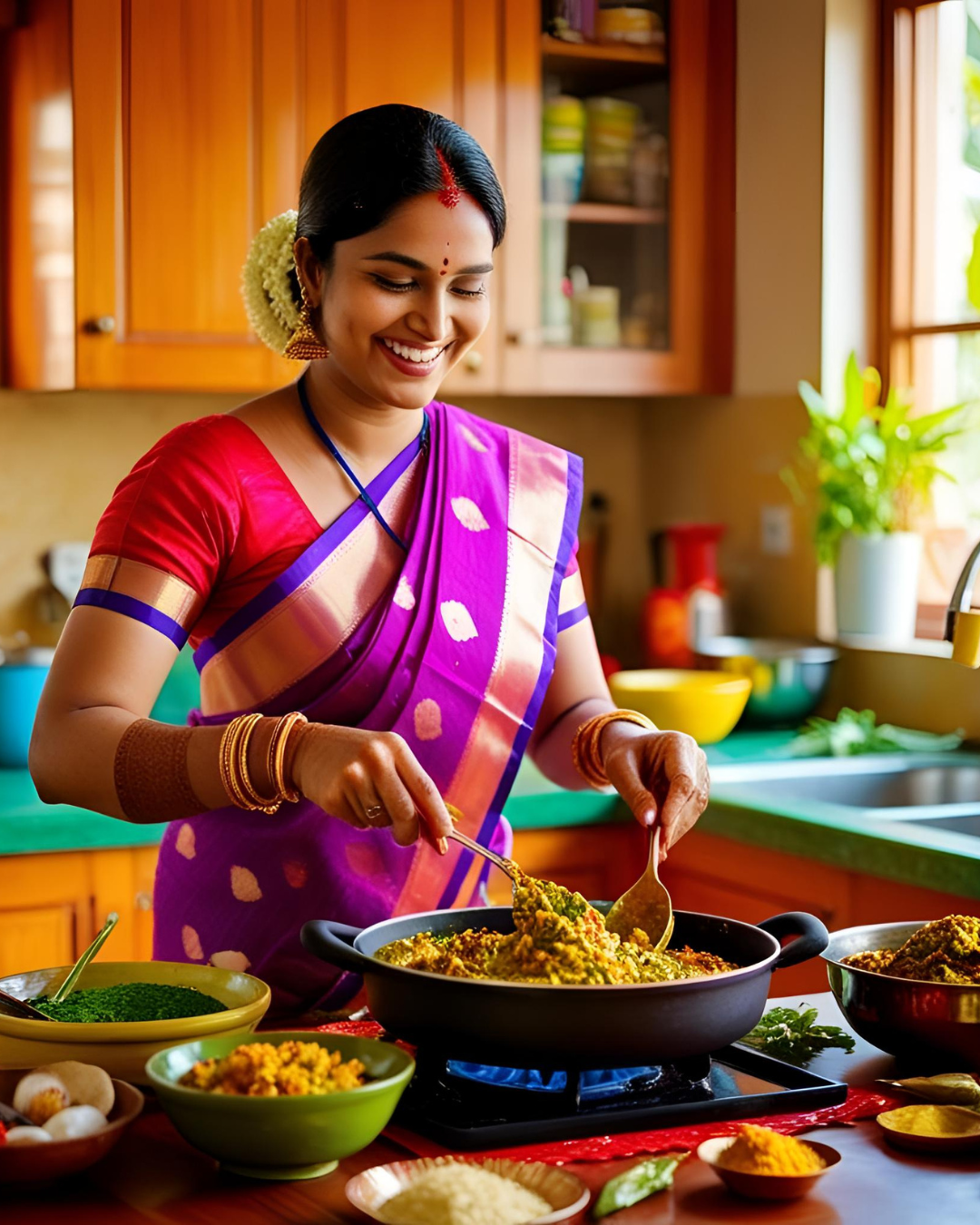
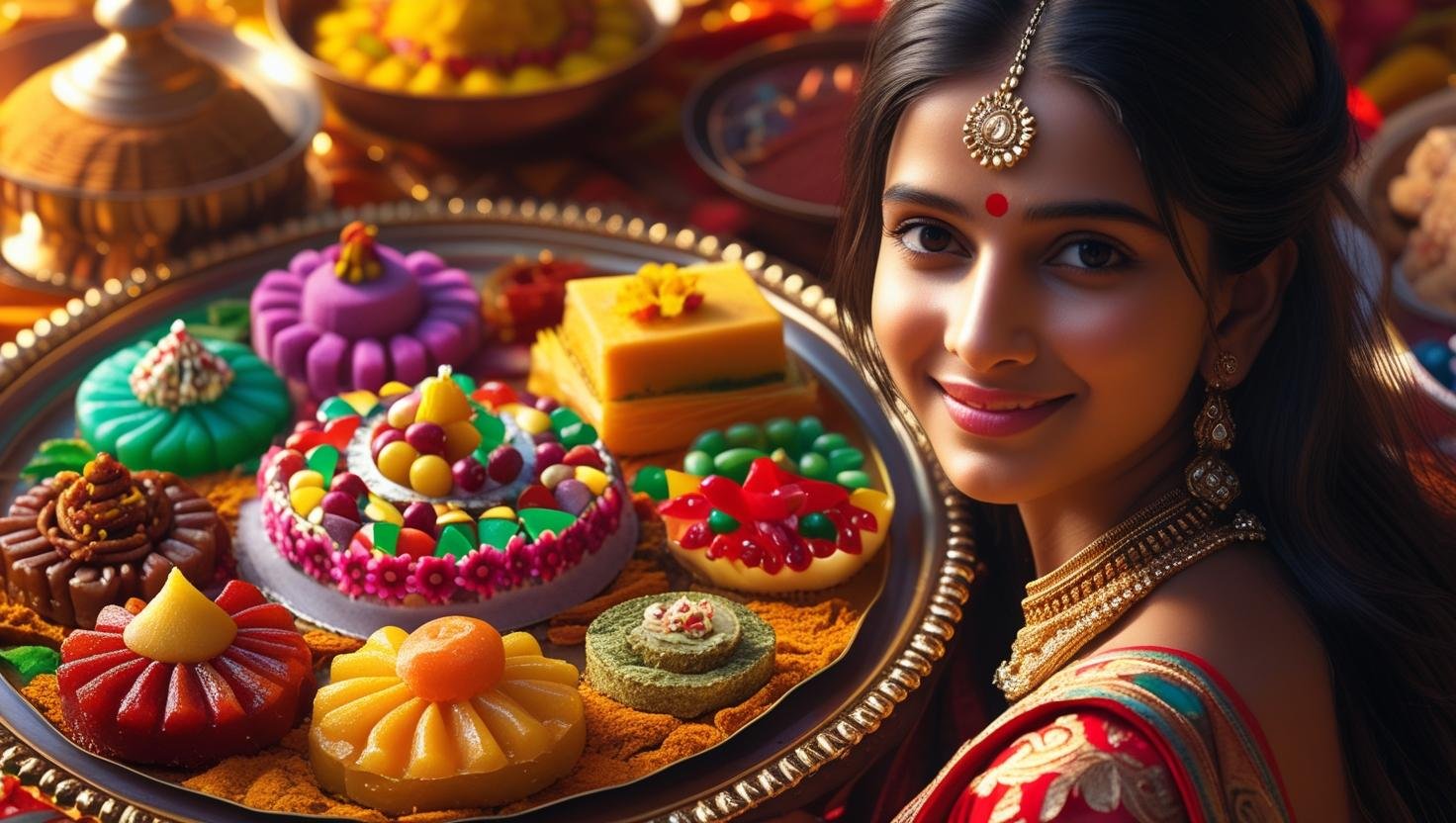
Low-Fat Indian Food - foodmoodgurgaon.com
[…] on flavor. With simple adjustments and mindful cooking techniques, you can enjoy all the deliciousness of Indian cuisine while maintaining a healthy lifestyle. From nutritious breakfasts to filling dinners and […]